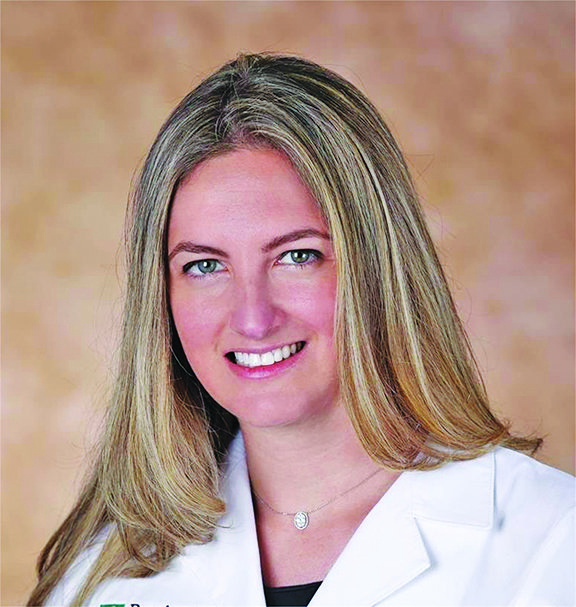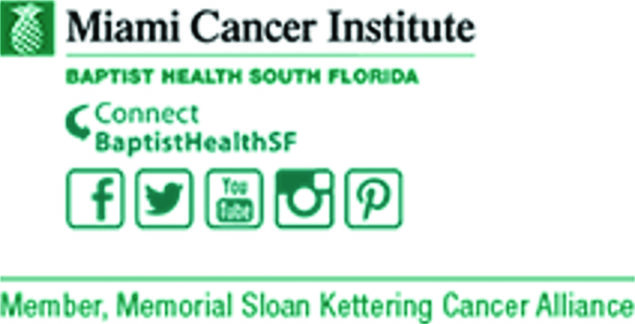|
Getting your Trinity Audio player ready...
|
When most women hear the word “mastectomy,” they think of the radical procedure performed for the treatment of breast cancer more than 50 years ago, that removed the breast tissue, skin, chest muscles and lymph nodes and left women permanently disfigured. This particularly morbid operation caused lasting side effects and chronic pain, and in the subsequent decades of the 20th century proved to be unnecessary.
Modern day surgery for breast cancer is not your “grandmother’s mastectomy.” The treatment of breast cancer today includes several surgical options that did not exist generations ago and result in far better cosmetic outcomes with less side effects. For example, lumpectomy (also known as partial mastectomy) was not routinely performed up until the 1980s. With this procedure, women can conserve their breast by only having a small portion of their breast removed at the site of the tumor.
Randomized controlled trials and long-term follow up have proven that lumpectomy followed by radiation is equivalent to mastectomy in terms of overall survival and can offer a superior cosmetic result. Still, there are a variety of reasons that a woman may ultimately undergo mastectomy, or removal of all of the breast tissue. Fortunately, there are now techniques to reconstruct the breast after mastectomy that offer women excellent cosmetic outcomes.
There are several different types of mastectomy:
1) Total mastectomy without reconstruction– the breast tissue, nipple areolar complex, and excess skin are removed and the skin closed flat against the chest wall.
2) Skin-sparing mastectomy with reconstruction– the breast tissue and nipple areolar complex are removed, but the rest of the skin is preserved to facilitate an immediate breast reconstruction.
3) Nipple-sparing mastectomy with reconstruction– the breast tissue is removed, but the breast skin and the nipple areolar complex are preserved to facilitate an immediate breast reconstruction.
Nipple sparing mastectomy often provides the best cosmetic outcome as it preserves the native skin and nipple. However, not all women are candidates for this procedure for reasons related to the location of their cancer or their anatomy. For women who are not candidates to keep their nipple at the time of mastectomy, a skin-sparing mastectomy with nipple reconstruction is the next best option. Fortunately, there are several ways to reconstruct the nipple areolar complex. These include skin flaps, skin grafts, and medical tattooing. Advances in tattooing have led to a rise in women opting for 3D nipple tattoos. A trained restorative tattoo artist or reconstructive surgeon performs this painlessly in the office and results appear extremely realistic. In addition, all post-mastectomy reconstruction, including symmetry procedures to the opposite breast and paramedical restorative tattooing, are protected by the “Women’s Health and Cancer Rights Act of 1998,” a federal mandate that requires insurance companies in the United States to cover these procedures.
In summary, there are more options for treating breast cancer today than ever before. Many of these options now allow women to achieve an optimal cosmetic outcome in addition to long-term survival from their breast cancer. For questions related to breast cancer treatment including breast reconstruction, please consult a breast specialist.
If there is a topic you would like to hear more about pertaining to women’s health or more specifically breast health, you can message me on Facebook or Instagram @drstarrmautner.
Dr. Starr Mautner is a breast surgical oncologist at The Miami Cancer Institute, a part of Baptist Health South Florida. She received her undergraduate and medical degrees from the University of Miami and completed her general surgery training at New York Presbyterian Hospital/Weill Cornell Medical Center. Additionally, she completed breast surgical oncology research and clinical fellowships at Memorial Sloan Kettering Cancer Center. Her expertise is in the surgical management of breast cancer and she uses a multidisciplinary approach to treat a variety of patients with breast disease. In her spare time, she enjoys playing tennis and spending time with her family.







